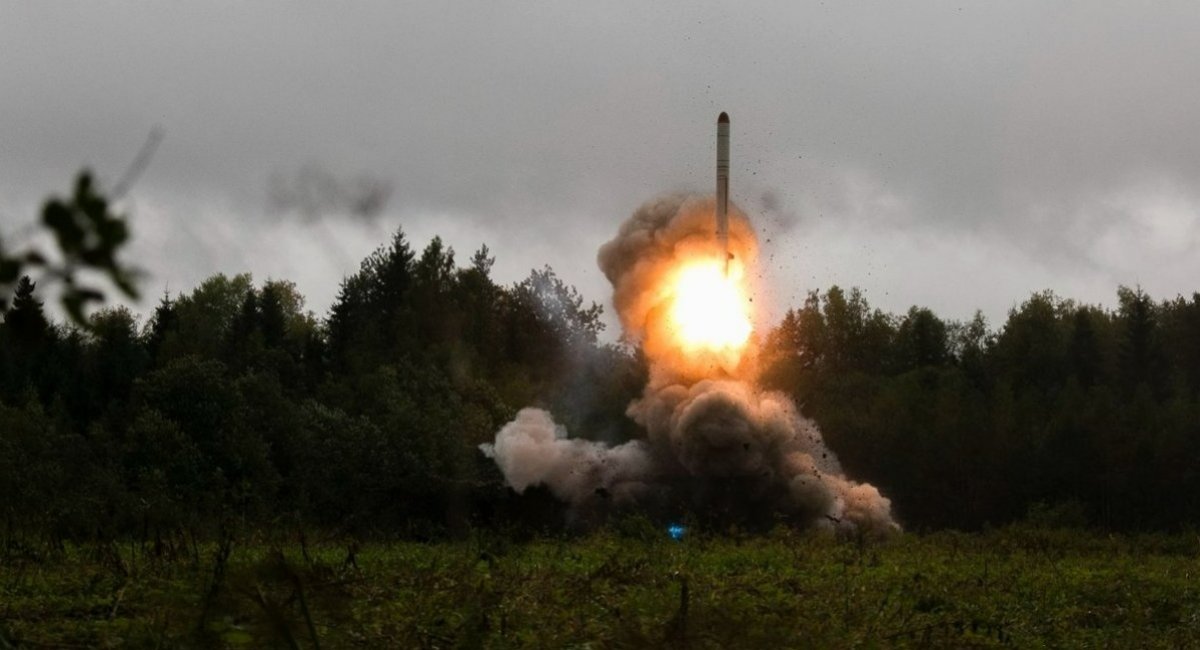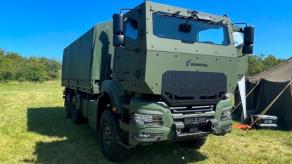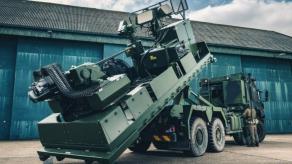During a recent combined missile strikes against Kyiv, the russian forces employed ground-launched cruise missiles of the Iskander-K type (aka R-500 or 9M728) equipped with newly upgraded Kometa-M satellite navigation units featuring jam-resistant controlled reception pattern antennas (CRPA) with 16 elements, Defense Express learned this from its own sources.
Previously, since 2022, the R-500 had been outfitted with a Kometa-M antenna featuring only 4 elements. Even then, satellite navigation was considered an auxiliary system for this missile, while the core guidance relied on a terrain contour matching (TERCOM) system that corrected the inertial navigation. Nonetheless, among all russian cruise missiles, the R-500 has consistently shown the highest accuracy.
Read more: Ukraine Strikes russian Producer of the Kometa-M Navigation Units for Shahed Drones, Glide Bombs, and Missiles

The increase in the number of elements in the Kometa-M antenna significantly improves its resistance to jamming. In effect, this is a digital antenna array capable of filtering out electronic warfare interference; and to effectively suppress it, an equal number of jamming sources is theoretically required. Thus, for the 16-element version, 16 separate jamming sources would be needed to overwhelm it.
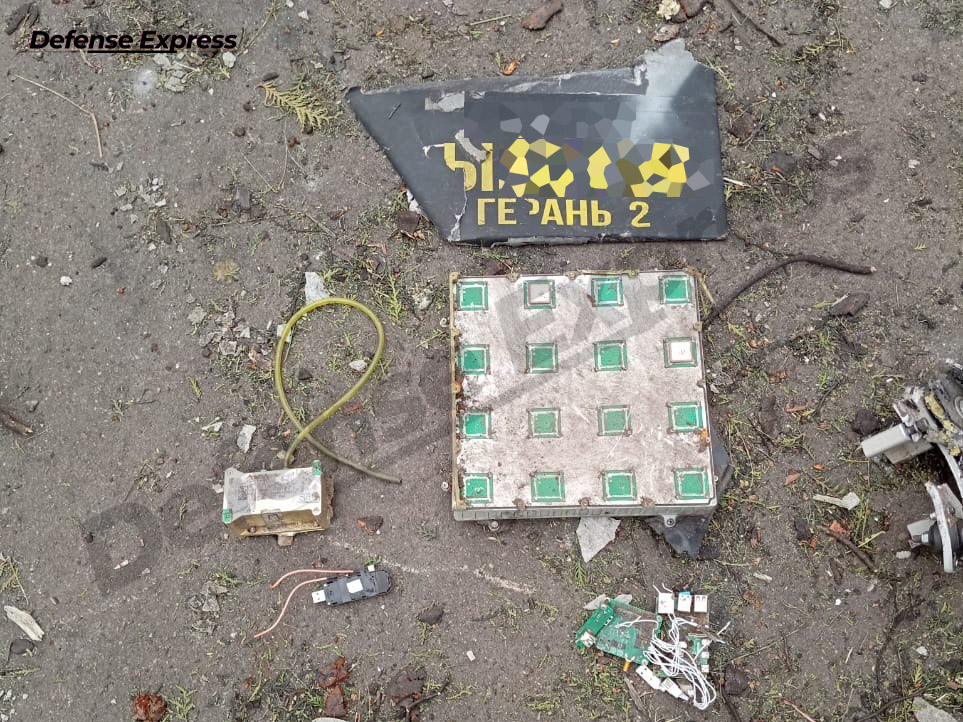
Until now, multi-element Kometa-M antennas were generally reserved for platforms in which satellite navigation is the only method of orientation and guidance of guidance.
Their integration into the R-500, where satellite navigation plays a secondary role, may suggest that russia has now made a strategic decision to rely more on satellite-based guidance systems in its long-range precision weapons.
Despite the high cost of these CRPA antennas — reportedly tens of thousands of dollars apiece — the price factor appears to be trivial for russia. These antennas are now being installed across a broad range of systems, starting with the UMPK modular guidance kits for glide bombs.
Since April 2025, UMPKs have reportedly been outfitted with 12-element Kometa-M antennas. More recently, 16-element versions have also been identified on Shahed drones.
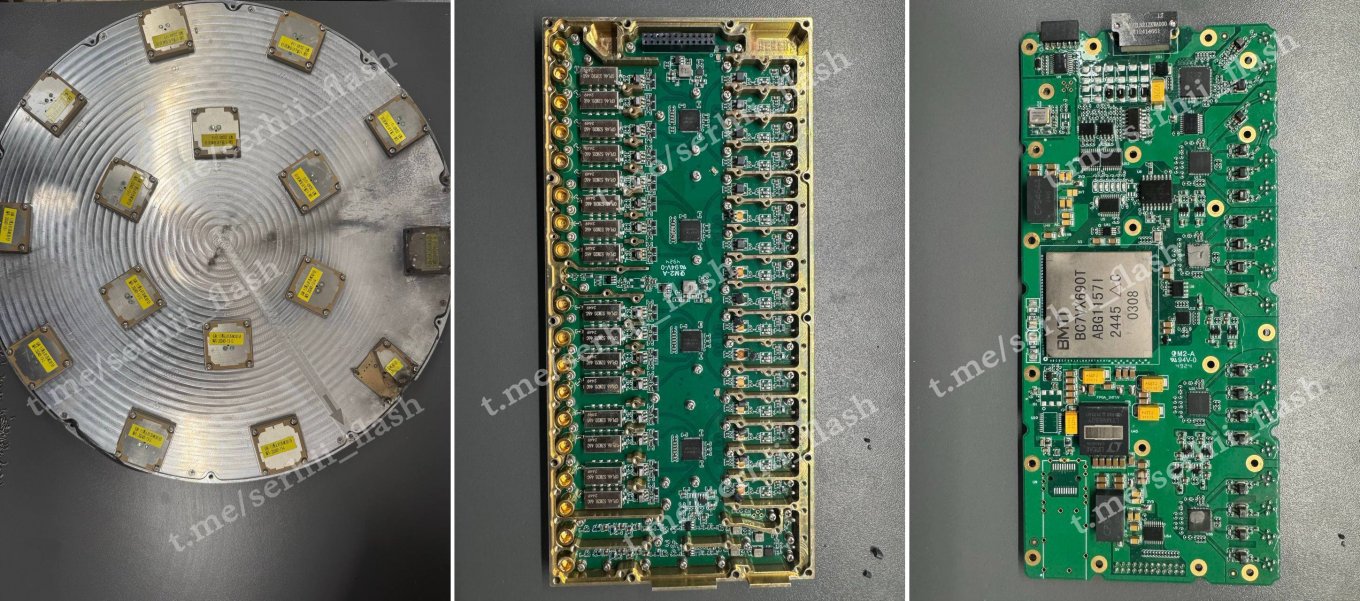
In addition to domestically produced Kometa-Ms, russia has also begun actively integrating Chinese multi-element CRPA antennas into its drones, including Shaheds. These antennas are characterized by a circular layout of elements. The first sightings of 16-element Chinese antennas on russian drones date back to March 2025.
Altogether, this marks another phase in the ongoing technological race between satellite navigation systems and electronic warfare capabilities. On the other hand, suppressing satellite navigation is just one of the many ways one could counter long-range precision threats.
For a reminder, on June 9, Ukrainian drones struck VNIIR-Progress — the manufacturer of the Kometa-M antennas — in Cheboksary, nearly 1,000 kilometers from the Ukrainian border.
Read more: russia Improved Shahed Drones But Did They Really Become "Indestructible"




